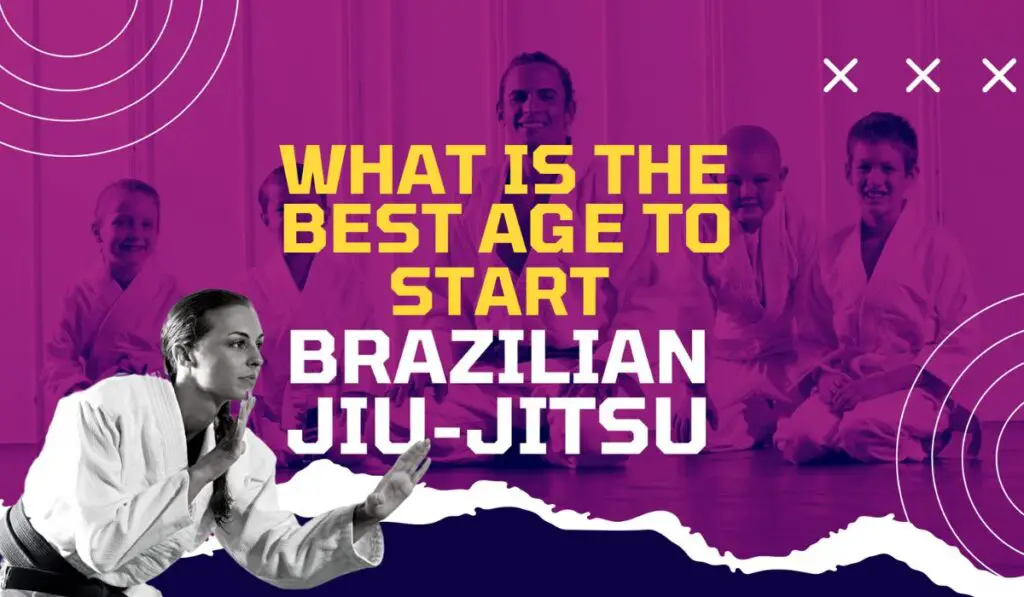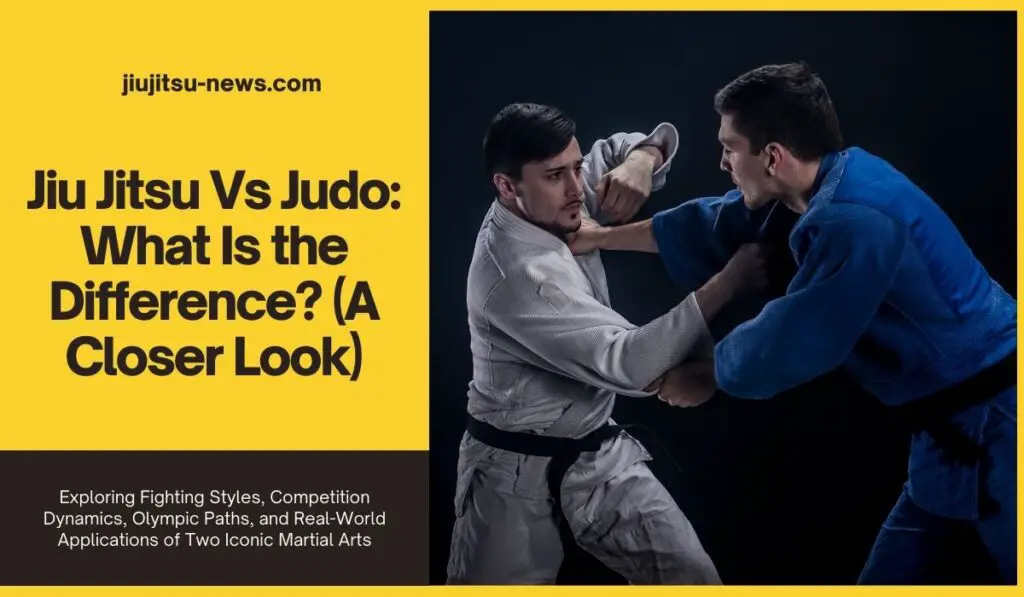Unveiling Garry Tonon: From BJJ Prodigy to MMA Maverick
Garry Tonon, a well-known athlete, transitioned to MMA in 2018 after training BJJ for years under John Danaher, Ricardo Almeida, and Tom De Blass. This article will provide BJJ MMA facts about Garry Tonon that you may not know. Thus, it will emphasize Garry’s tournament exploits, best grappling techniques, and other incredible things. Garry Tonon Early BJJ […]
Unveiling Garry Tonon: From BJJ Prodigy to MMA Maverick Read Post »









